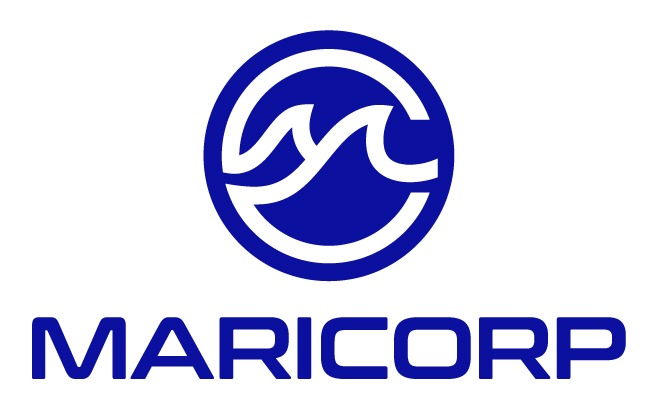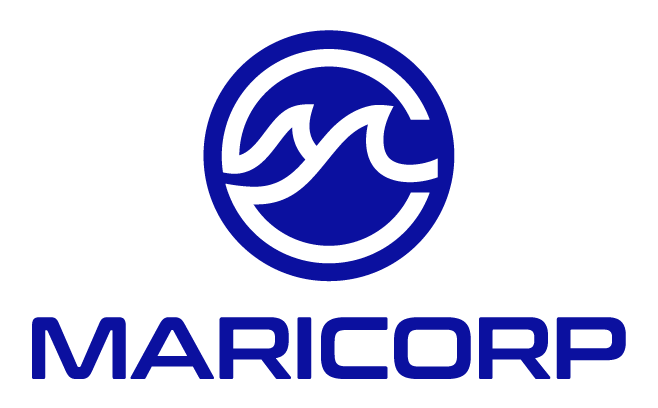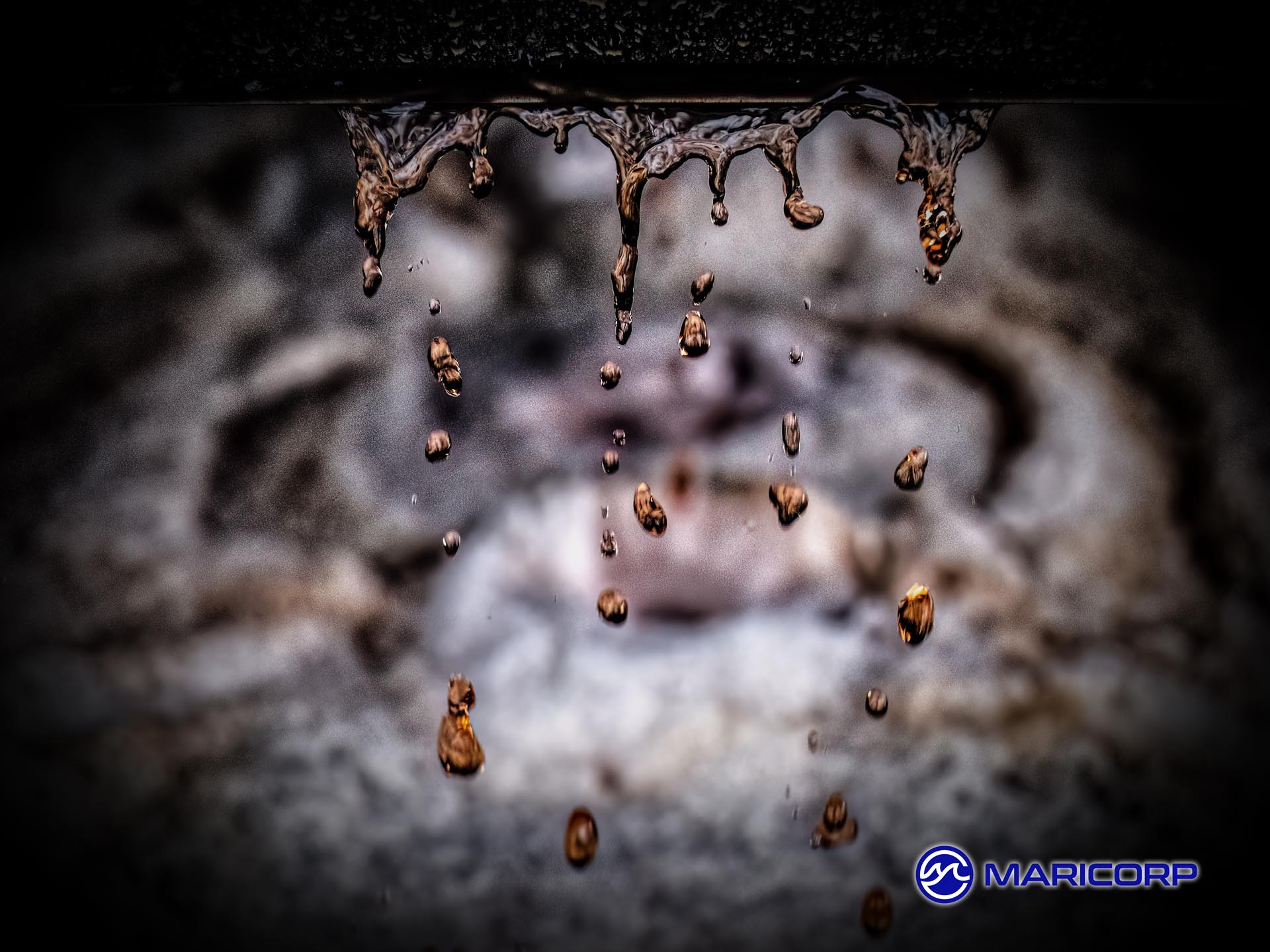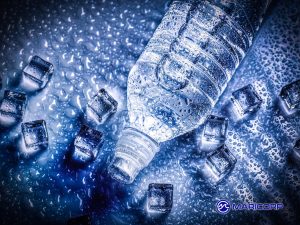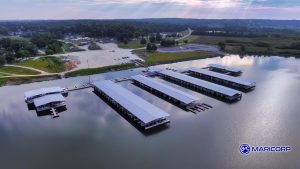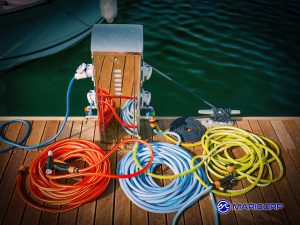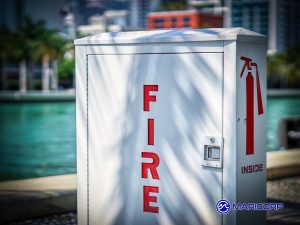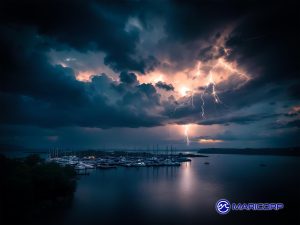Pumpout System Maintenance: Ultimate Guide to Avoiding Messy Mistakes
As boating season draws to a close, marina operators face the critical task of preparing their facilities for winter months ahead. Among the most important yet often overlooked responsibilities is proper pumpout system maintenance. This essential marine sanitation equipment requires careful attention to prevent costly repairs, environmental violations, and customer dissatisfaction during the following season.
Understanding Your Investment
Modern pumpout facilities represent significant investments for marina owners. With state grants covering up to 75% of installation costs in many regions, these systems require ongoing care to protect both the initial investment and ensure compliance with environmental regulations. The Clean Vessel Act Program continues supporting marina infrastructure through operations and maintenance funding, making proper care even more crucial for grant eligibility.
Professional marine sanitation systems operate under demanding conditions throughout the boating season. Salt water exposure, constant moisture, varying usage levels, and occasional misuse by boaters create unique challenges for equipment longevity. Understanding these stresses helps marina operators develop effective maintenance protocols.
Pre-Winter Inspection Protocol
Begin your end-of-season maintenance with a comprehensive visual assessment. Check all visible components for signs of wear, corrosion, or damage. Pay particular attention to fittings, connections, and seals that may have deteriorated during peak usage months. Document findings with photographs to track equipment condition over time.
Examine the suction hose thoroughly from dock connection to pump housing. Look for cracks, soft spots, or areas where the inner liner may have separated. These issues often develop gradually and can lead to system failures or contamination concerns. Replace questionable sections rather than risk mid-season breakdowns.
Inspect electrical connections within junction boxes and control panels. Marine environments create corrosion challenges that can cause intermittent operation or complete system failures. Clean terminals with appropriate marine electrical products and apply dielectric grease to protect connections during storage months.
Pump Care and Protection
The heart of any pumpout system requires special attention before winter storage. Begin by operating the system with clean water to flush remaining waste from internal components. This step prevents freezing damage and reduces bacterial growth during idle periods.
Drain all water from pump housings, piping, and associated components. Even small amounts of residual liquid can cause expensive freeze damage in unheated facilities. Use compressed air to blow out lines where gravity drainage proves insufficient.
Apply appropriate lubricants to pump components according to manufacturer specifications. Some systems benefit from oil changes or bearing lubrication before extended storage periods. Consult equipment manuals for specific requirements, as different pump types have varying maintenance needs.
Hose and Fitting Maintenance
Flexible suction hoses endure significant stress throughout the operating season. Remove hoses from dock connections and inspect internal surfaces for wear or contamination buildup. Clean thoroughly with approved marine sanitation products before storage.
Store hoses in protected environments away from rodents and extreme temperature fluctuations. Proper coiling prevents kinking or permanent deformation that could restrict flow during the following season. Consider elevated storage to prevent ground moisture absorption.
Replace worn fittings before problems develop. Corroded or damaged connections create leak points that contaminate surrounding areas and violate environmental regulations. Keep spare parts inventory for common wear items like gaskets, clamps, and quick-connect fittings.
Electrical System Winterization
Marine sanitation systems depend on reliable electrical power for proper operation. Disconnect power sources before beginning maintenance work for safety reasons. Clean all electrical enclosures and remove any moisture or debris accumulation.
Test control circuits and indicator lights to identify potential issues before spring startup. Replace burned-out bulbs and clean lens covers to ensure proper customer communication during the following season. Consider upgrading to LED indicators for improved reliability and lower power consumption.
Protect exposed wiring from rodent damage during storage months. Use appropriate covers or deterrents in areas where wildlife access might occur. Document electrical connections with photographs before disconnection to simplify spring reassembly.
Waste Handling System Care
Holding tank or direct discharge systems require specific maintenance procedures based on their design. Thoroughly clean all waste contact surfaces with appropriate disinfectants approved for marine sanitation applications. Remove any accumulated solids or debris that could cause operational problems.
Inspect tank vents and ensure proper operation to prevent vacuum or pressure issues. Clean vent screens and replace damaged components that could allow contamination entry. Proper ventilation prevents odor problems and maintains system efficiency.
Check discharge connections and ensure proper sealing at all joints. Leaking connections create environmental compliance issues and generate customer complaints about facility cleanliness. Replace worn gaskets and tighten connections to manufacturer specifications.
Environmental Compliance Considerations
Marine sanitation systems operate under strict environmental regulations that require proper maintenance documentation. Keep detailed records of all maintenance activities, including dates, procedures performed, and components replaced or repaired.
The BoatUS Foundation emphasizes that proper pumpout station operation prevents environmental contamination while serving customer needs. Regular maintenance directly supports these dual objectives through reliable system performance.
Schedule professional inspections when internal expertise proves insufficient for complex repairs. Certified marine sanitation technicians understand regulatory requirements and can identify potential compliance issues before they become violations.
Cost-Effective Maintenance Strategies
Develop relationships with reliable suppliers for replacement parts and service materials. Bulk purchasing of common wear items reduces per-unit costs while ensuring availability during peak maintenance periods. Consider group purchasing agreements with other marina operators for additional savings.
Train staff members to perform routine maintenance tasks safely and effectively. Basic skills like hose inspection, fitting replacement, and electrical cleaning reduce reliance on expensive service calls for minor issues. Document training with certifications to demonstrate competency.
Create maintenance schedules that distribute workload throughout the off-season rather than attempting all tasks simultaneously. This approach reduces labor costs while ensuring thorough attention to each system component.
Spring Startup Preparation
Plan spring commissioning procedures during winter maintenance activities. Create checklists and gather necessary supplies for efficient startup operations when boating season approaches. Early preparation prevents delays and ensures customer satisfaction from the season’s first day.
Test all system components before customer access begins. Verify proper pump operation, electrical function, and waste handling capacity through controlled testing procedures. Address any deficiencies discovered during testing before public use commences.
Document system condition and performance parameters for comparison with end-of-season measurements. This data helps identify trends that might indicate developing problems requiring attention during the following maintenance cycle.
Professional Service Integration
Recognize when maintenance tasks exceed internal capabilities and require professional intervention. Complex pump repairs, electrical troubleshooting, and regulatory compliance issues often benefit from specialized expertise. Budget for professional services as part of comprehensive maintenance planning.
Establish relationships with qualified marine sanitation service providers before emergency situations develop. Known service providers understand your specific equipment and can respond quickly when problems arise. Maintain service agreements that include priority scheduling during peak season periods.
Consider equipment upgrade opportunities when maintenance costs exceed reasonable limits compared to replacement options. Modern pumpout systems offer improved efficiency, reduced maintenance requirements, and enhanced environmental protection compared to older installations.
Protecting Your Investment
Effective pumpout system maintenance protects marina investments while ensuring environmental compliance and customer satisfaction. The systematic approach outlined above addresses critical maintenance areas while providing cost-effective strategies for long-term system reliability.
Regular maintenance prevents expensive emergency repairs while supporting grant program requirements for continued funding eligibility. Professional marina operators who prioritize marine sanitation care through proper pumpout system maintenance demonstrate environmental stewardship while maintaining competitive advantages in their markets.
Planning maintenance activities during off-season periods ensures adequate time for thorough work while minimizing operational disruptions. The investment in proper maintenance pays dividends through reduced repair costs, improved customer satisfaction, and continued regulatory compliance throughout the following boating season.
Additional Fall Maintenance Articles:
*Sign up for our free newsletter “Marina Management Journal” so you can stay up to date
About MariCorp
Maricorp is one of the largest floating boat dock manufacturing and construction companies in the United States, specializing in galvanized steel floating docks and boat lift systems. With projects spanning coast-to-coast, Maricorp provides marina consultation and design, marine construction, marina repair and renovation, and boat dock disaster response and demolition.
